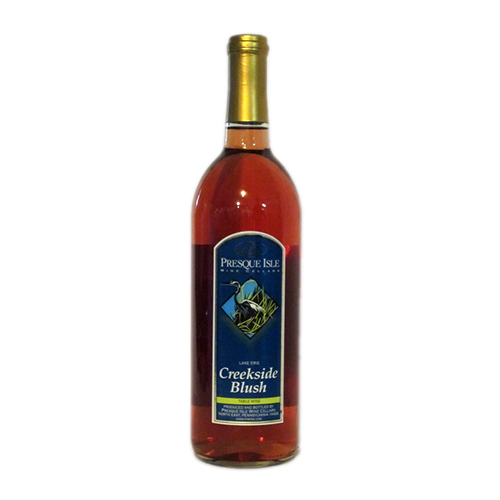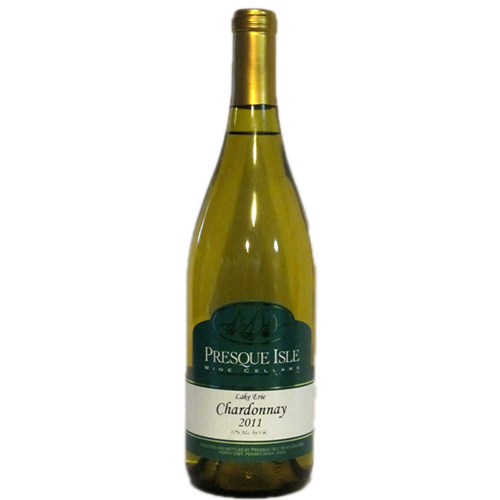tips_wine-tasting
Learn How to Taste Wine
Look
Hold glass at base & tip 45 degree angle Take lighting and background into consideration – white background best Swirling – mainly to release aromas and smells. See the legs (more legs more alcohol & sugar).
White: Clean & bright, no cloudiness or crystals. Deep gold – ice wines Clear & Pale – German style Sunny Yellow – Chardonnay Brownish – not a good sign
Red: Color give insight age, quality,best to have white background to compare deep purple to brick red tawny means over the hill the more mature – paler and browner at rim can indicate tannins and oak
Smell
After swirling – put your nose down in to the glass & sniff (cleansing sniff)
Swirl a 2nd time and put nose in further and take a deeper sniff.
Now interpret and use your senses
You are smelling volatiles that may remind you of black currants, peaches, licorice, vanilla, lemongrass, flowers
Aromas should be pleasant and attractive
Bad smells may be musty, moldy, vinegar, oxidized, H2S (rotten eggs)
No smell at all referred to as the dumb phase in young wines
Taste

Take a generous sip, but not so much that you are forced to swallow
Roll the wine around in your mouth so that it hits every taste bud
Now aerate (slurp)
Roll the wine around again and swallow
Count how long the aftertaste lingers on your palette (the finish)
You are evaluating the balance, length of flavor, taste/aroma match, overall sensation
Front of tongue – sugar
Sides of tongue – acid
Back of tongue – bitterness (tannins)
RETURN TO WINEMAKING 101 BROWSE ALL OUR WINES
